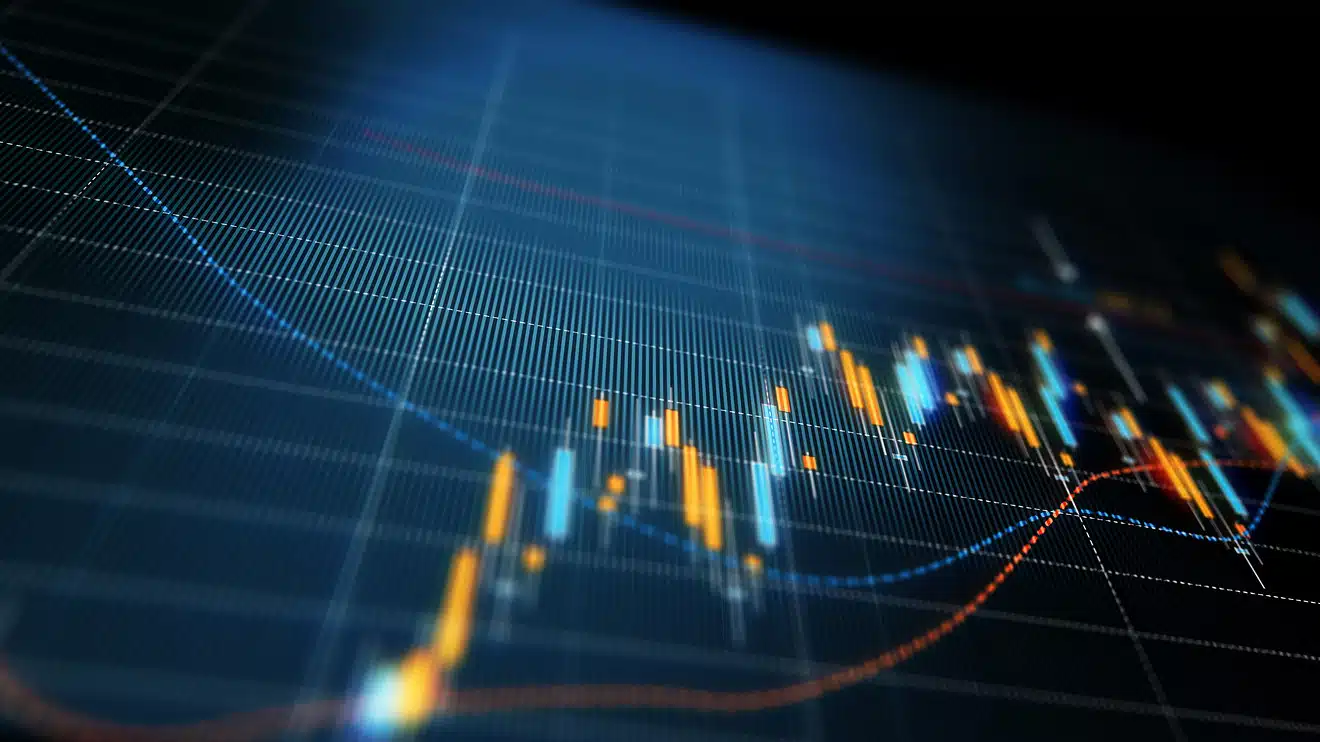Gold futures surged past $2,000 an ounce on Tuesday, reaching their highest level since mid-April. The precious metal has found support from concerns surrounding the banking sector, ahead of the Federal Reserve’s decision on interest rates Wednesday. Some analysts believe gold could potentially climb to $2,300 on “indications of a Fed pause in the hiking cycle,” said Robert Minter, director of ETF Investment Strategy at abrdn. Meanwhile, silver prices also rallied on Tuesday, buoyed by a weakening U.S. dollar, expectations of rising gold prices, and strong performance of Chinese and European economies.
As central banks prepare to tighten monetary policy in response to rising inflation and a stronger global economic recovery, investors are looking for safe-haven assets to hedge against potential market volatility. Gold, in particular, has regained its status as a popular investment choice, as it is widely considered a safe store of value amid rising inflation and swings in risk sentiment.
In addition, gold prices have recently benefited from a weaker U.S. dollar. As the world’s reserve currency, the greenback’s value typically moves inversely with that of gold. The recent softening of the dollar has provided further support for gold prices, which have been climbing steadily since the beginning of the year. This trend is expected to continue, with many analysts predicting that the precious metal will surpass $2,000 per ounce this year.
As gold continues to rise, silver is also gaining momentum. Silver is widely regarded as both an industrial and monetary metal, allowing it to benefit from strength in global economies and increased demand for safe-haven assets. As the Federal Reserve pauses its rate-hiking cycle, the traditionally strong relationship between gold and silver is expected to strengthen further, with silver prices following gold’s upward trajectory.
One of the main factors contributing to the rising demand for gold and silver is uncertainty over the future course of interest rates. While the Federal Reserve is set to announce its latest decision on Wednesday, investors will also be paying close attention to any changes in the central bank’s monetary policy outlook. If the Fed signals a pause in its tightening cycle or expresses concern about downside risks to the economy, gold prices could surge even higher, breaking through the key psychological barrier of $2,300 an ounce.
Another factor supporting precious metals is the ongoing tensions between Russia and Ukraine. Fears of a military conflict between the two countries have led to an increase in risk aversion among investors, with many turning to gold as a safe haven. As the situation remains unresolved, geopolitical risks may continue to provide a tailwind for gold prices.
Meanwhile, the robust performance of the Chinese and European economies is expected to benefit silver, as strong economic growth typically leads to a greater demand for industrial metals. As both regions outperform market expectations, silver may continue to ride on the coattails of gold’s success.
In summary, gold futures have soared to their highest level since mid-Aprurl, fueled by concerns over the banking sector and the possible pausing of the U.S. Federal Reserve’s rate hikes. Some analysts predict that gold could reach $2,300 per ounce, citing a potential pause in the Fed’s hiking cycle as a key driver. Silver prices have also experienced a rally, and like gold, silver may benefit from a pause in the Fed’s rate-hiking cycle, as well as a weakened U.S. dollar and strong performance of Chinese and European economies.
As the global economic recovery continues and central banks prepare to tighten monetary policy, investors are increasingly seeking safe-haven assets to protect their portfolios against potential market turbulence. Gold and silver, with their dual roles as both stores of value and hedges against inflation, are likely to continue attracting attention as investors navigate the uncertainties ahead.
However, it’s important to note that precious metals are not without their risks. In particular, a stronger-than-expected recovery in the U.S. economy or hawkish signals from the Federal Reserve could put downward pressure on gold and silver prices. While many are optimistic about the outlook for these metals, investors should carefully weigh the potential risks and rewards before deciding to add precious metals to their portfolios.


